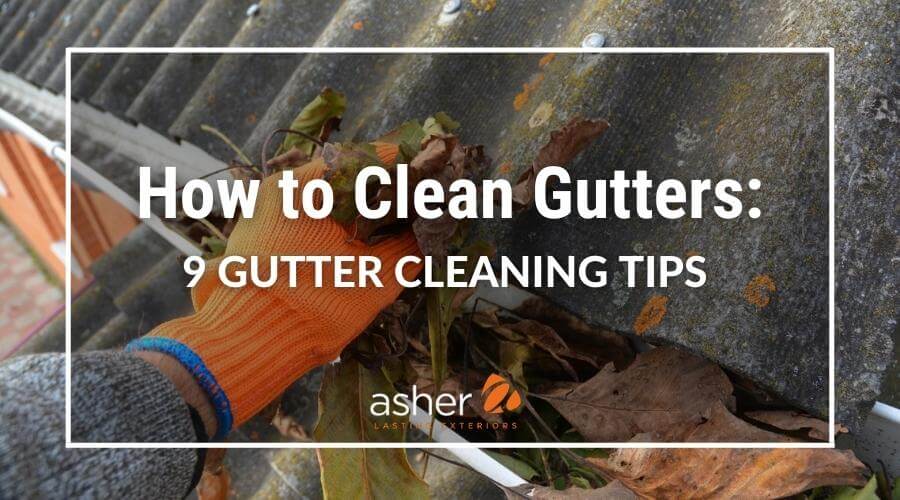The roof is one of the most important components of your home and it needs to be maintained properly to prevent water intrusion and structural damage. It’s important to recognize the warning signs that are a clear indication that it is time for a new roof.

These can range from visible exterior clues to subtle indicators within your living space. Contact Corpus Christi Roofing CO for professional help.
Homeowners may not look forward to the prospect of replacing their roof, but it’s an essential project that must be done. Without it, the structure of a house could be compromised, and the interior of a home can be damaged by mold and water. Roof replacement costs are among the most expensive renovation projects homeowners undertake.
Many different factors impact the cost of a new roof. Some are out of the homeowner’s control, such as geographic location and weather conditions. Other components include the size of the roof and the material used to replace it. Homeowners should request multiple estimates to get a good idea of what the average cost is in their area.
The type of shingles used will play an important role in the overall cost of the roof. Basic three-tab shingles are affordable, but more decorative and durable options cost more. The roof’s pitch (angle) and features, such as chimneys or skylights, will also affect the cost of the project. The steeper the roof, the more materials, painstaking labor and possibly special equipment will be required to complete the work.
A new roof will need to be properly ventilated, which can add to the final cost. Venting includes the installation of ridge, valley and gable vents to ensure airflow throughout the roof. Water-repellent underlayment is also necessary for a watertight roof, and this item typically costs more than shingles.
Some local governments require a permit and inspection before starting construction on a new roof. Homeowners should check with their county planning office to determine if they need to obtain a permit and what the fee will be.
The cost of a new roof can be high, but luckily, there are financing options available to help homeowners manage the expense. Homeowners can apply for a renovation loan, which is based on the estimated value of the property after the upgrade.
Materials
The right roofing materials can add value and style to a home. Whether you are installing a new roof or replacing an old one, there are several factors to consider. In addition to cost, you need to know the material you are choosing, how heavy it will be, and if it will require special framing. It is also important to know how the different types of roofing materials perform in different weather conditions, as this will help you choose a long-lasting roofing system.
The most common residential roofing material is asphalt shingles, which are available in a wide variety of colors and styles to suit any home. They are inexpensive and easy to install. Asphalt shingles can be reinforced with fiberglass or organic materials, increasing their lifespan and durability. Another popular choice is clay or ceramic tile, which offer a natural, rugged look and are fire-resistant. They can be expensive and difficult to maintain. However, there are now synthetic materials that mimic the appearance of tile without putting as much stress on the roof.
There are also flat-roof membranes, such as EPDM and TPO. EPDM is a rubber-like plastic that comes in large sheets and minimizes the need for seams, which are often prone to leaks. It can be glued or mechanically fastened to the sheathing, and it usually lasts 10-15 years. TPO is a polypropylene-based thermoplastic elastomer that can be heat-welded to the sheathing, and it generally lasts 7-20 years.
Many roofing projects include the installation of gutters and roof vents, which are essential to maintaining a well-functioning attic ventilation system. These systems keep the air in the attic moving and prevent moisture build-up, which can lead to ice dams and other damage. The gutter and vent systems should be installed with flashing, which is a metal material that covers the gap and hole created for these items.
It is common to find soft or rotten wood in older homes, so it is a good idea to replace the sheathing boards with OSB or CDX plywood. This will protect the joists and trusses from water damage. In addition, the fascia board should be replaced if it is damaged or rotten. It’s also a good idea to add drip edge flashing, which is a strip of tin that covers the top edges of the sheathing. This helps prevent water from seeping under the shingles and into the house.
Installation
The roof is one of the most important parts of your home or business. It shields you and your belongings from intense sunshine, rain, hail, and other weather conditions. It is also a vital part of your property’s structure, protecting the interior from water damage and other structural issues. If your roof is damaged or leaking, it’s time for a replacement. While you may be tempted to replace your roof yourself, it’s usually best to leave the project to an experienced roofing contractor. A professional can ensure that your new roof will stand up to the elements for years to come.
The first step in a roof replacement is to remove the old shingles. Depending on the size of your roof, this process can take several days or more. During this stage, the roofing contractor will make any necessary repairs to the roof frame and sheathing. This can include replacing rotten wood boards or installing new sheathing. The sheathing acts as a base for the new shingles or tiles.
A reputable roofing contractor will also install ice dam protection, underlayment, metal drip edging, valley flashings, tab flashings, and ridge vents. They will also apply roofing cement to seal any leak-prone areas of the roof. It is also a good idea to add gable or roof vents during this phase for increased attic ventilation and energy efficiency.
Choosing the right roofing materials is also an important step in your roof replacement. Many factors must be taken into account, such as your budget, climate, and style of your house. A skilled roofing contractor will be able to help you decide on the best materials for your needs.
When the roof replacement is completed, your contractor will clean up the mess and debris from the work site. They will also check for any faulty installation or materials that require additional attention. After the roofing contractors finish their work, they will perform a quality assurance inspection. This inspection will include looking for any signs of shingle lifting, nail pops, and other problems that may affect the longevity of your new roof.
Warranty
With roof replacement being one of the most expensive home improvement projects, a good warranty is a necessity. It is important to understand the different types of warranties available, as they can vary significantly in coverage and cost. These include standard manufacturer’s and workmanship warranties, as well as extended manufacturer’s warranties for an additional cost.
Roofing warranties are designed to protect your investment and give you peace of mind that the materials and installation are top-notch. They offer varying levels of protection for your roof, from repairs to full replacements in some cases. However, it is essential to keep in mind that even the best warranties have limitations. In some cases, damage caused by weather conditions is not covered by a warranty, and you will need to pay out-of-pocket for these costs.
Standard manufacturer’s warranties usually last for a set number of years and cover the products used in your roof. Extended manufacturer’s warranties cost more and provide expanded coverage for your roofing system, including contractor workmanship. However, they are only valid if you work with a certified contractor selected from the manufacturer’s list and follow specific construction procedures.
Most manufacturers also limit the amount of time that your warranty can be active. The geographic location of your roof will also affect the duration of your warranty, as some climates are more challenging for roofing materials. For example, if your roof is located in an area that experiences frequent snowfall or lightning, you should consider getting an extended warranty to cover these risks.
Another aspect to consider when comparing warranties is how they are maintained. Many warranty plans require regular inspections to ensure that problems do not arise and void the contract. These inspections are typically done by the same roofing contractor who performed the initial installation. However, you should check the fine print of your specific warranty plan to determine what maintenance and inspection requirements are in place.
Some companies will offer a warranty for their products that is transferable to new homeowners, which can be beneficial if you plan to sell your house in the future. However, you should be wary of warranties offered by brand-new roofing contractors, as these are often less reliable.


